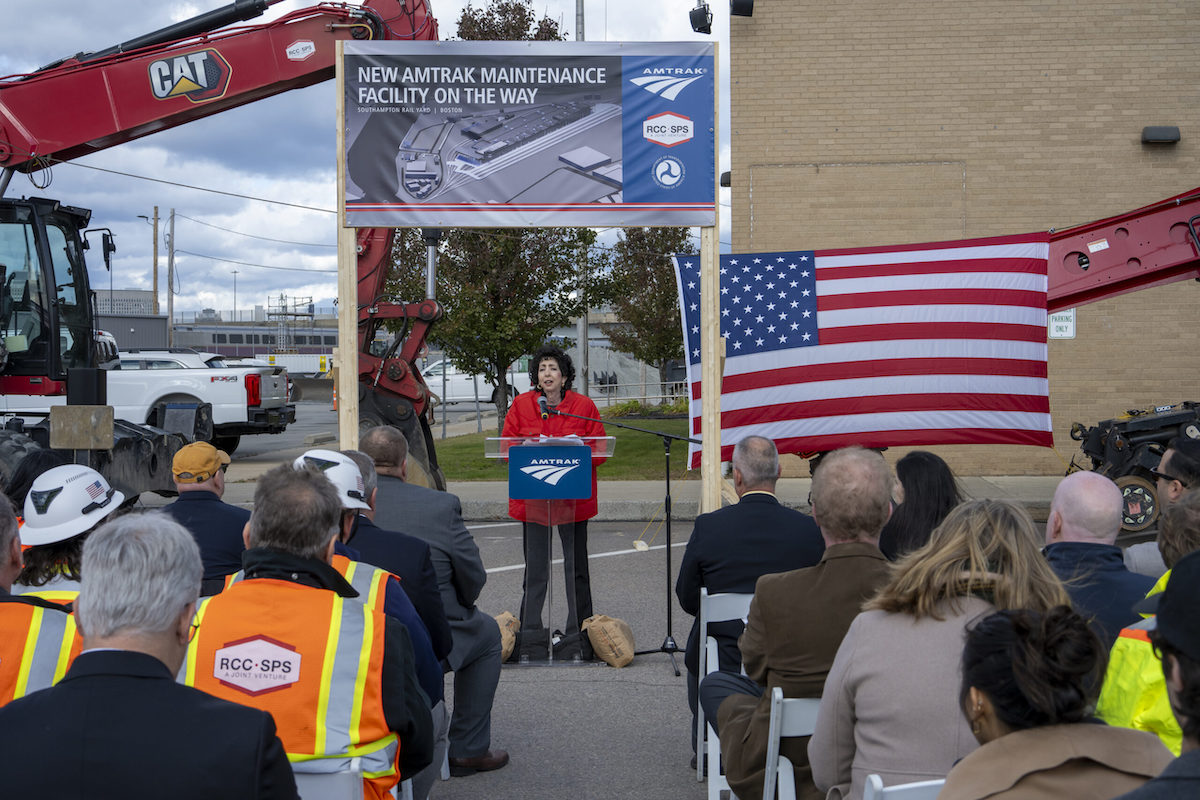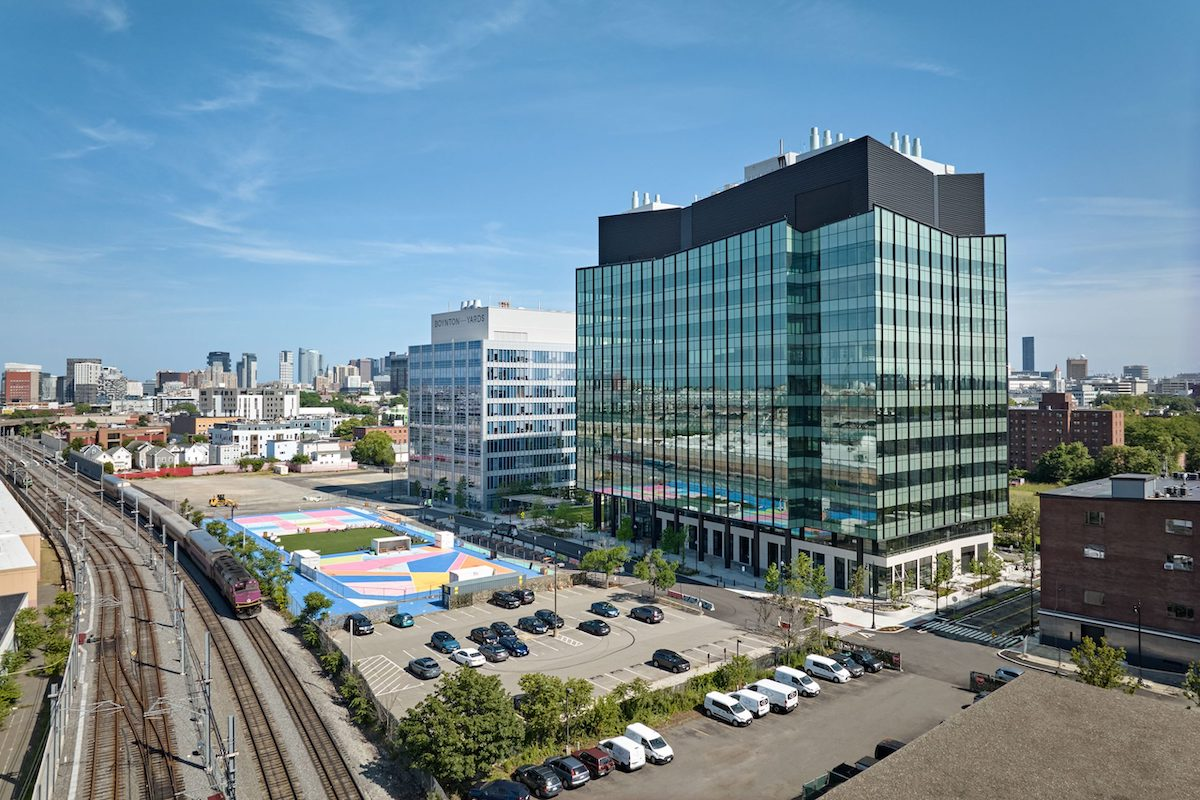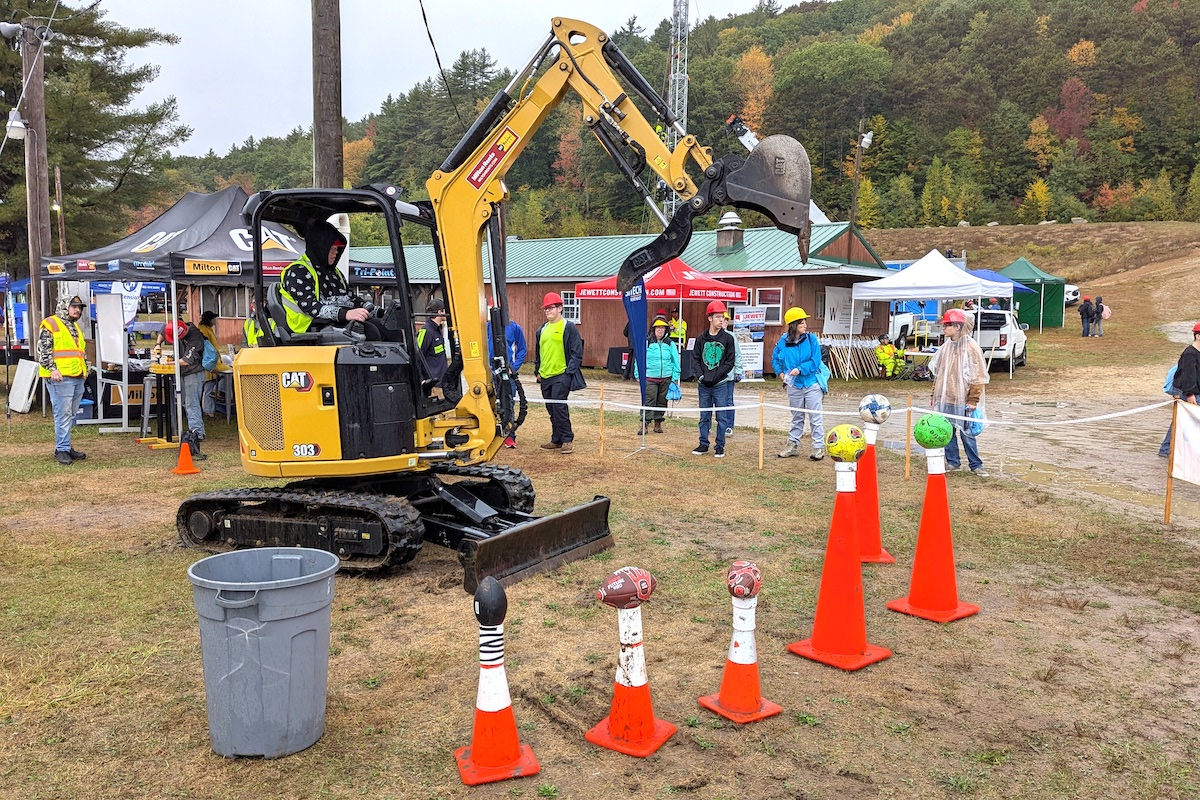Women with children are a quickly growing percentage of the workforce today. As of 2022, approximately 80 percent of new mothers start nursing their infants at birth, approximately 55 percent of mothers breastfeed for at least six months, and approximately six out of every 10 moms are in the workforce.
Starting in 2010, the Fair Labor Standards Act (FLSA) requires employers to “provide reasonable break time for an employee to express breast milk for their nursing child for one year after the child’s birth each time such employee has need to express the milk. Employees are entitled to a place to pump at work, other than a bathroom, that is shielded from view and free from intrusion from coworkers and the public.”
More than the stats and the laws, it’s the heart behind a workplace that provides a mother’s room to give her support and the space for her to help provide for her family, without sacrificing her dignity or her ability to be successful at her job.
Ideally, this is a dedicated space that goes beyond the FLSA law and really considers the needs of the users of this space. A pumping mom needs both visible and audible privacy, so it’s helpful to position this room both in a location that’s accessible and out of the highest traffic areas.

| Your local Trimble Construction Division dealer |
|---|
| SITECH Northeast |
Ultimately, a mother’s room is most successful when it’s supported by internal workplace policies and practices. It’s helpful to have the ability to schedule timeslots for a mother’s room – similar to using technology to schedule a conference room – especially when there are multiple breastfeeding moms in a given workplace.
Since a single pumping mom will need to utilize this room two to three times a day for 15 to 30 minutes at a time, larger workplaces should consider offering more than one mother’s room, or even larger mother’s suites with individual seating spaces. Offices need to prioritize the room for pumping moms, but they could also utilize this room for other wellness purposes when it’s not in use. For example, the room could be used for pregnant moms fighting nausea, for someone fighting a migraine and needing a dark room, for changing clothes, or even just someone needing a quiet moment.
While there are a variety of ways an employer can provide a comfortable environment for nursing moms, here is a list of things that are helpful to include in mother’s room:
• A comfortable chair
• Convenience outlets – At least one located near the chair for pumps that need to be plugged in during use and one located near a storage shelf for pumps that need to charge.
• A mini fridge to keep breastmilk out of the communal fridge
• A sink with a drain cover for washing pump parts
• A shelf and/or counter space for storing supplies and laying out pump parts to dry
• A table and/or a laptop stand for moms who want to bring their laptop and continue working while pumping
• A mirror
• Dimmable light
• A privacy lock on the door with an occupancy indicator
• A clothing hook
I feel very lucky and blessed to be in a work environment that supports and encourages parents and families, including moms who need to pump at work. Our mother’s room allows me to continue to provide nourishment for my baby while continuing to be productive. In my role as an architect, I hope to help provide that support and environment for both our clients and our end-users for our design projects.








































































